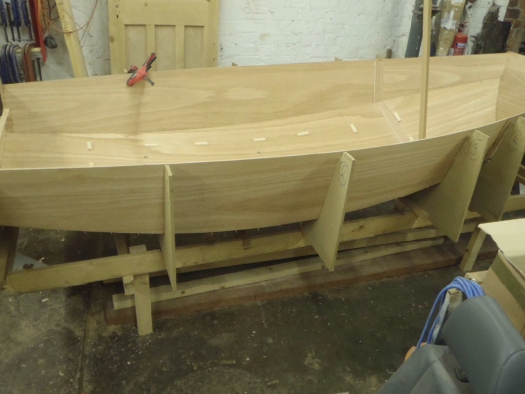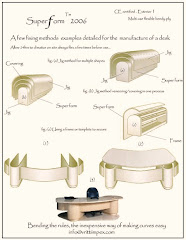Sunday, 19th January, todays news!
http://ckdboats.blogspot.com/2014/01/mirror-dinghy-kit-supplier-in-southern.html
Some time back I was told of a dinghy exhibition to be held at the Zeekoevlie YC on Sunday 19th of January, 9am to 2pm, the Mirror Dinghy will be one of those on display.
There are none in South Africa as far as I am aware, up to now the kits on sale have all been cut by hand? A recent talk with Mirror people says there may be a chance to start CNC production?
With the Worlds being held here at Theewaters YC in January 2015 can we start production and can we build completed boats?
Note, this class does not allow the sale of plans, you can only buy a kit or a finished boat from a
licenced supplier or builder.
We can supply the kit side and have a top quality boat builder with years of experience ready to start but we need the licence to do so first!
Would that be a great thing!
Enquiries would be a useful start to allow me to judge response and possible orders?
Roy
http://www.mirror.org.za/
This is the South African web site, contact them via their links for Mirror Dinghy news.
The next Mirror Dinghy Worlds info can be seen at the link below.
http://www.mirror.org.za/mirror-events/event/1/n4q4jjn0u80nafden7q0u41ijo
Taken from the Mirror class web site on building your own Mirror.
http://ckdboats.blogspot.com/2014/01/mirror-dinghy-kit-supplier-in-southern.html
Some time back I was told of a dinghy exhibition to be held at the Zeekoevlie YC on Sunday 19th of January, 9am to 2pm, the Mirror Dinghy will be one of those on display.
There are none in South Africa as far as I am aware, up to now the kits on sale have all been cut by hand? A recent talk with Mirror people says there may be a chance to start CNC production?
With the Worlds being held here at Theewaters YC in January 2015 can we start production and can we build completed boats?
Note, this class does not allow the sale of plans, you can only buy a kit or a finished boat from a
licenced supplier or builder.
We can supply the kit side and have a top quality boat builder with years of experience ready to start but we need the licence to do so first!
Would that be a great thing!
Enquiries would be a useful start to allow me to judge response and possible orders?
Roy
http://www.mirror.org.za/
This is the South African web site, contact them via their links for Mirror Dinghy news.
The next Mirror Dinghy Worlds info can be seen at the link below.
http://www.mirror.org.za/mirror-events/event/1/n4q4jjn0u80nafden7q0u41ijo
Taken from the Mirror class web site on building your own Mirror.
| Written by Martin Egan |
| Saturday, 28 April 2012 15:44 |

Mirror 70670 being built using the MCA jig
When the Mirror dinghy was designed in the early 60's, the Daily Mirror newspaper wanted a boat that in kit form was simple enough for a teenager to assemble with perfetly commonplace tools. The construction method used on the first prototype which Barry Bucknell, a TV handyman, had built for his son, fitted the bill perfectly. Instead of the traditional method of using softwood battens inside the hull where the plywood panels were joined, Barry used one of the simplest and oldest boat building methods know to man:sewing. The Vikings used it on their ships. The Polynesians still do. They "stitch" the skin of a hull together - then waterproof all the seams. So Barry borrowed the method used by Ken Littledyke to make KL canoes. The edges of the plywood panels were "stiched" together using copper wire. With the panels held in place in this manner, the joints between them were made permanent using glass fibre tape and resin. This method is now commonly know as "stich and glue" construction and is now widely used for wooden dinghy construction.
A frequently asked question is "Can we build it easily and quickly?" The answer is "yes". Thousands of ordinary people have built a Mirror dinghy from a kit. A group of nine schoolgirls completed the hull at an exhibition in eight hours! Apart from a kit (available from a licenced kit manufacturer), these are the things you need to provide as a minimum.
If you are tempted, why not have a look at this short video presentation of the building of Mirror 70670 by Ben Hill? Then browse through the building instructions to get a good idea of what is involved.
|
| See also www.ckdboats.com |




